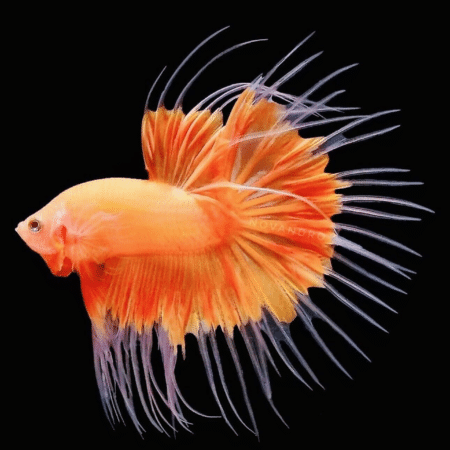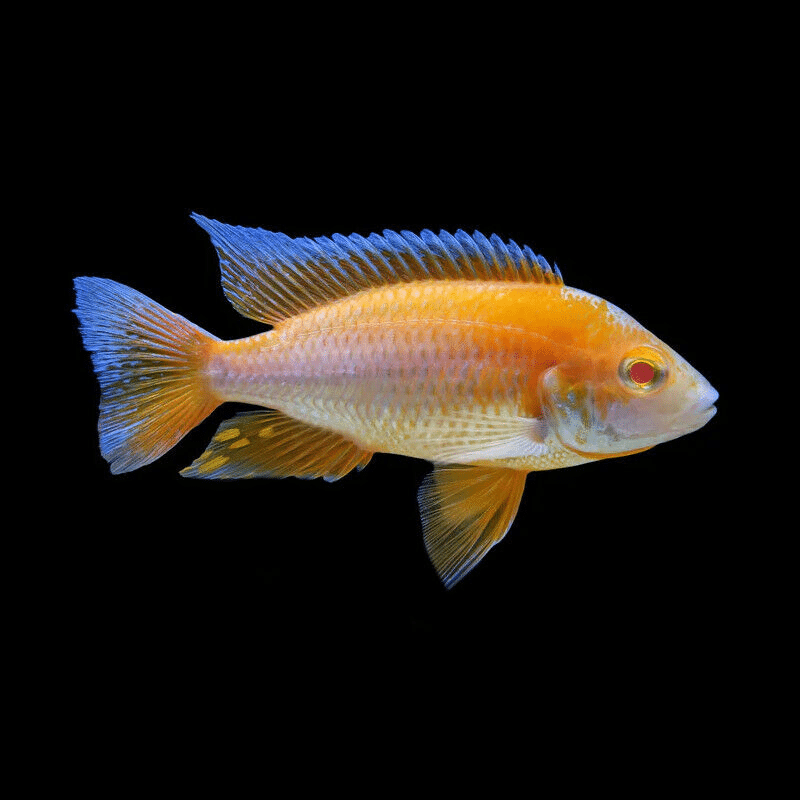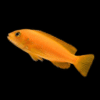To provide the best experiences, we use technologies like cookies to store and/or access device information. Consenting to these technologies will allow us to process data such as browsing behaviour or unique IDs on this site. Not consenting or withdrawing consent, may adversely affect certain features and functions.
The technical storage or access is strictly necessary for the legitimate purpose of enabling the use of a specific service explicitly requested by the subscriber or user, or for the sole purpose of carrying out the transmission of a communication over an electronic communications network.
The technical storage or access is necessary for the legitimate purpose of storing preferences that are not requested by the subscriber or user.
The technical storage or access that is used exclusively for statistical purposes.
The technical storage or access that is used exclusively for anonymous statistical purposes. Without a subpoena, voluntary compliance on the part of your Internet Service Provider, or additional records from a third party, information stored or retrieved for this purpose alone cannot usually be used to identify you.
The technical storage or access is required to create user profiles to send advertising, or to track the user on a website or across several websites for similar marketing purposes.
















Emily Carter (verified owner) –
I recently added the Albino Eureka Peacock Cichlid (Aulonocara Jacobfreibergi) to my aquarium, and I couldn’t be happier! This Malawi Cichlid is not only stunning with its vibrant colors, but it also has such a captivating personality. Within the first week, I noticed it adapting beautifully to its environment, swimming gracefully among the plants. I’ve kept various Malawi cichlids before, but this one truly stands out. Its inquisitive nature and unique albino coloration make it a showstopper!
I appreciate how active and social it is; it often interacts with the other fish and even seems to recognize me during feeding time. I’ve also noticed that it’s not overly aggressive, which is a pleasant surprise compared to some other cichlids I’ve kept. The shipping was quick, and the fish arrived healthy and lively, showing no signs of stress.
For anyone looking to enhance their aquarium with a gorgeous and well-mannered fish, I highly recommend the Albino Eureka Peacock Cichlid. Just a tip: ensure you provide plenty of hiding spots if you have more assertive tank mates. This fish is a delightful addition that will bring joy to any aquarist’s home!